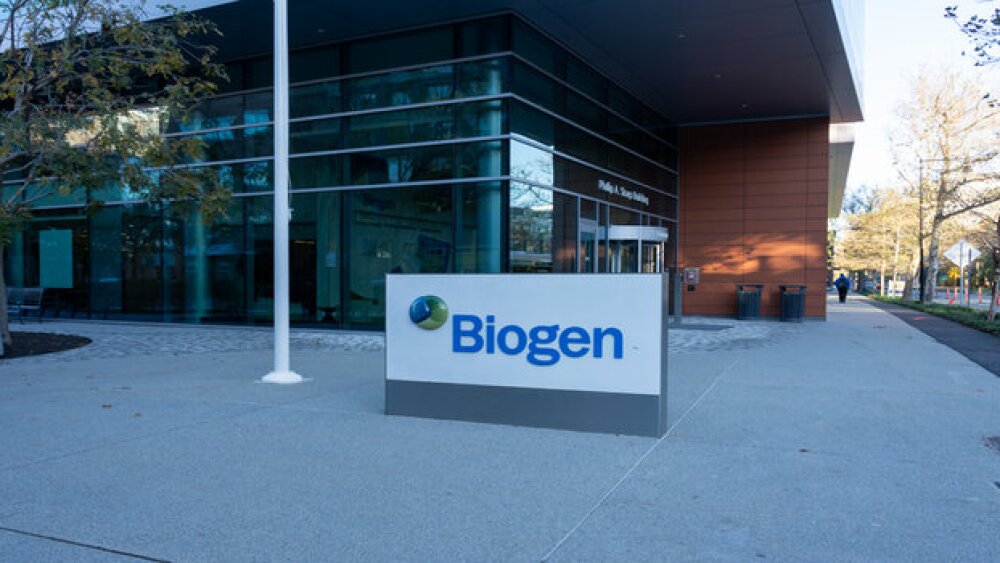The 2020 Virtual Texas Life Science Forum, sponsored by BioHouston November 10-12, showcased dozens of innovative, early stage companies seeking partners to reach the next level.
The 2020 Virtual Texas Life Science Forum, sponsored by BioHouston November 10-12, showcased dozens of innovative, early-stage companies seeking partners to reach the next level. Here are a few including Lumasonix, Goldenrod Therapeutics, Starling Medical, Inc. and Epistemix.
Lumasonix is developing a blood-based cancer screening assay. “Early detection is more important than the myriad of treatments being developed,” in terms of improving outcomes, said Morris Smith, VP, product and partnerships.
Circulating tumor cells (CTCs) are present many years before symptoms appear or tumors are detected. The Lumasonix Cell Analyzer uses photo-acoustic, ultrasound, and optical imaging technologies, coupled to an AI engine. The analyzer can separate CTCs from the sample, determine their size and distribution, and deliver individual cell profiles that identify the tumor type, all directly from blood samples.
“No reagents are needed,” Smith emphasized.
False negatives and false positives are unlikely, he said. “When you look at a cell, you get the same answer each time.” Accuracy may be affected by throughout speed, however. Smith estimated the cost to the patient as one-tenth that of a current 12-tumor type panel.
Applications include population cancer screening and in new drug trials and the clinic to monitor treatment effectiveness.
Goldenrod Therapeutics, a Fannin Innovation Studio company, is developing an oral phosphodiesterase 4 (PDE4) inhibitor that selectively avoids inhibiting PDE4D. This avoids the dose-limiting gastrointestinal toxicity associated with general PDE4 inhibitors, said Rob Sons, Ph.D., principle, Fannin Innovation Studio.
Animal models indicate a degree of neuroprotection in chemotherapy-induced neuropathic pain and reduced pain sensitivity after a single dose. In Alzheimer’s disease, preclinical models showed significant neuroprotective and cognitive benefits.
Goldenrod has NIH funding to perform toxicology studies. Additional studies will compare the induction of GI issues and the effectiveness of the compound to those of the lead clinical competitor.
As yet, however, “it shows a clean profile against potential psychoactive off-targets,” Sons said. “The list of tractable diseases for this indication is 12 to 15 items long. Chemotherapy-induced neuropathy is high on our list,” he said. “We’re pursuing the potential for psoriasis and possible paths for substance disorders. We have yet to firm it down.”
Goldenrod has established collaborations with three academic investigators and, he said, “I have a lot of optimization about grants coming through.” Sons said Goldenrod’s runway should take the company well into 2022.
Starling Medical, Inc. has developed an Internet of Things- (IoT) enabled catheter to better manage neurogenic bladder dysfunction. Alex Arevalos, Starling’s CEO, envisions the Urine Control System revolutionizing the standard of care for the 3 million patients with unmet needs, resulting in a $15 billion market opportunity.
Currently, he said, “Catheter-associated urinary tract infections (UTIs) are the second leading cause of sepsis in the U.S. and are the primary source of nosocomial urosepsis.” That condition accounts for between 9% and 31% of all sepsis cases and has a mortality rate ranging from 20% to 40%.
Self-catheterization, which neurogenic bladder patients must do five to eight times daily, “hasn’t changed significantly since the 1700s, when Benjamin Franklin used it,” Arevalos said. Unfortunately, there’s no easy way to know if patients are being infected until symptoms appear.
The AI-based Urine Control System interacts with the catheter and the patient’s smartphone to monitor urine levels and alert patients when they need to empty the catheter. The device is powered by the patient’s smartphone and data is transmitted via the IoT.
Because the machine-learning algorithm learns the patient-specific bladder microbiome ecosystem and tracks daily changes, “It solves the challenges in the early detection of urosepsis,” he said. Starling Medical recently completed its first successful animal study.
“When our device detects a significant UTI, it can send an alert to a urologist, thus triaging the patient in the outpatient system, lowering mortality – currently at 15%.” Importantly, he added, this device enables routine early screening, which enables early treatment and, therefore, minimal antibiotic use.
It also taps into a potential $1 million in telehealth revenues, performing the function of hospital-based strategies at home with comparable sensitivity. Arevalos estimated “new telehealth revenues of $250 per patient per month on the platform, under CPT Codes 99454 and 99457.”
Possible applications include urosepsis, and use after spinal cord injury and with multiple sclerosis, benign prostatic hyperplasia (BPH), prostate cancer and incontinence.
Starling Medical has partnered with the Department of Veterans’ Affairs and Baylor College of Medicine. “We have working prototypes and good animal data, and are raising $1.5 million in seed funding,” Arevalos said.
Epistemix has developed simulation software using a Software as a Service (SaaS) model to help researchers develop more accurate insights into a range of complex human interactions “to understand how things spread or emerge at the population level,” John Cordier, CEO, said.
“We have a (dynamic) digital twin of U.S. society. It includes every individual, household, workplace, and another place of interest,” and models their social dynamics. This data results in a “complete social, behavioral, environmental, biological, and policy modeling platform to test policies or decisions. It can be used to track ideas, too, not just infectious diseases,” he said.
For COVID-19 and other infectious diseases, Cordier continued, “It can determine the number of people who need to be vaccinated in each census tract to reach herd immunity, and also can account for vaccine wastage, non-vaccers, and other factors, to enable business and states to open safely.”
Epistemix has $400,000 in revenues and expects to close three deals in the coming weeks ranging between $1.2 and $7.6 million. It reports partnerships with the National EnergyTechnology Lab, ESRI, Optum, and AK Dentons. It was formed with $800 million in seed funding, and currently is raising $1 million as a bridge to the Series A funding expected in Q2 2021.






